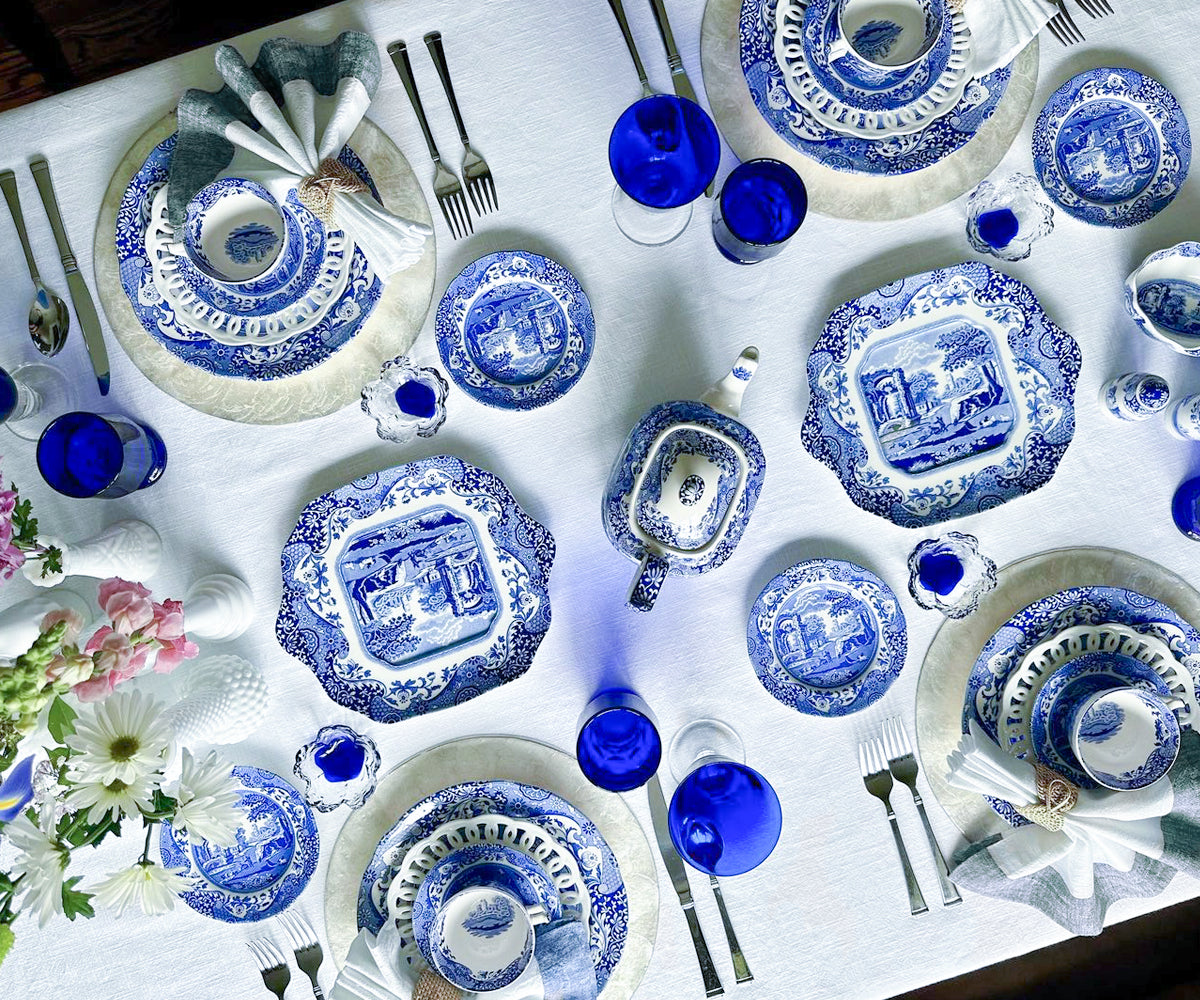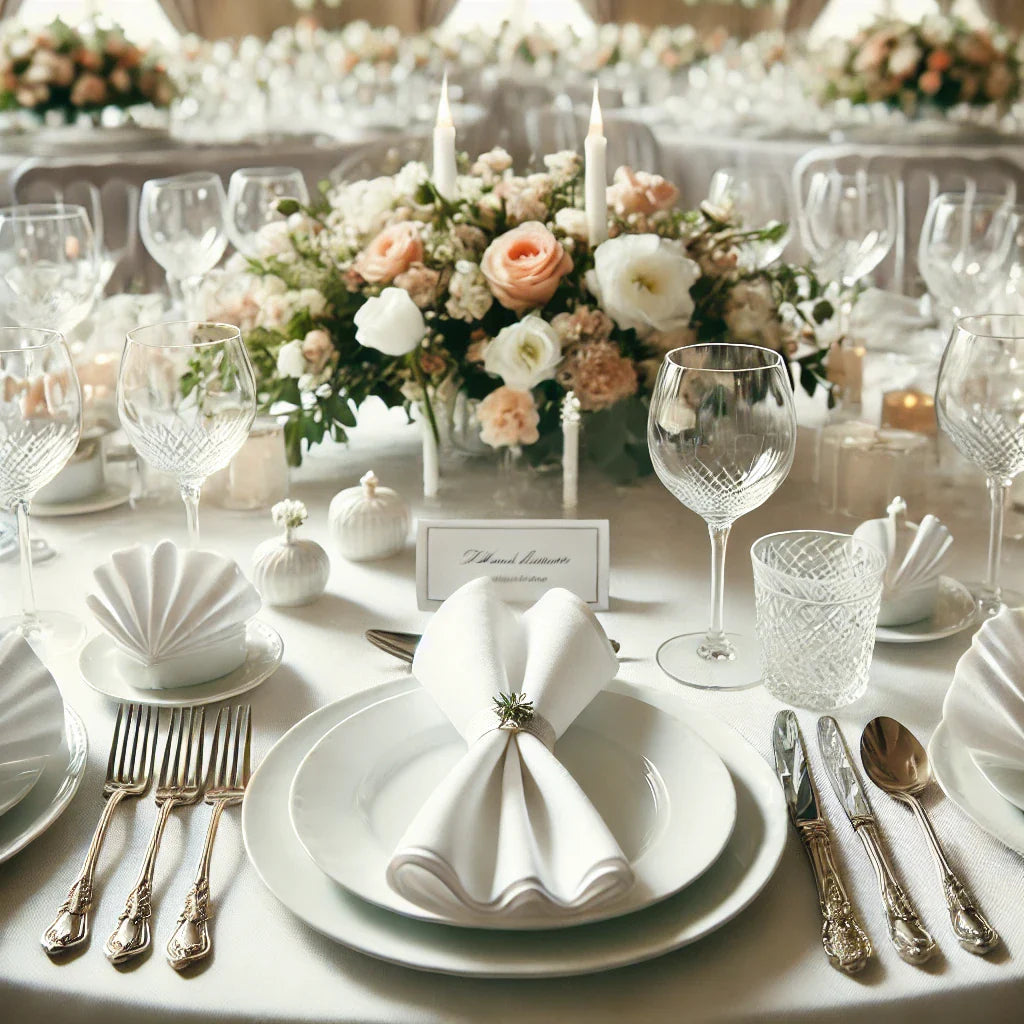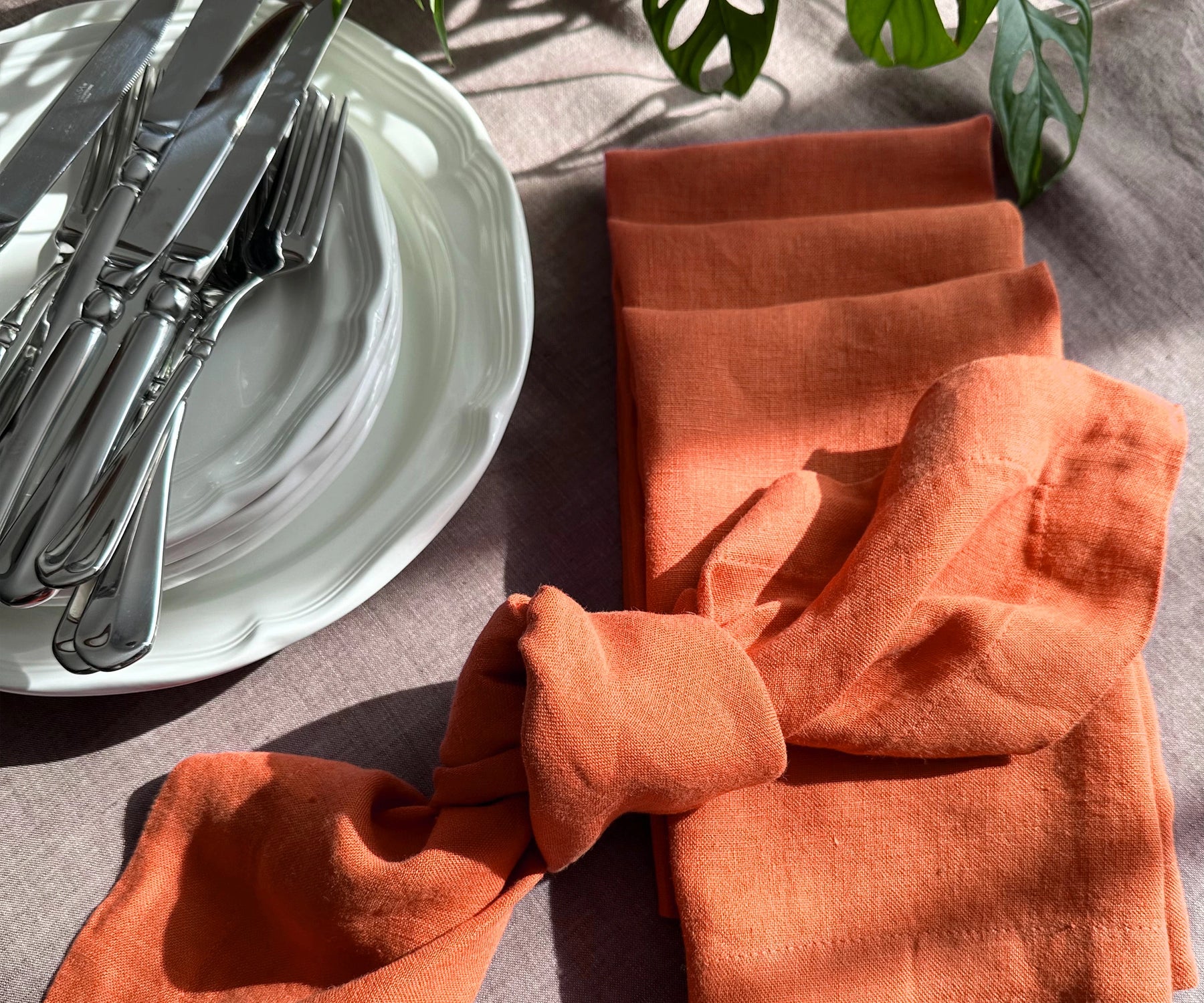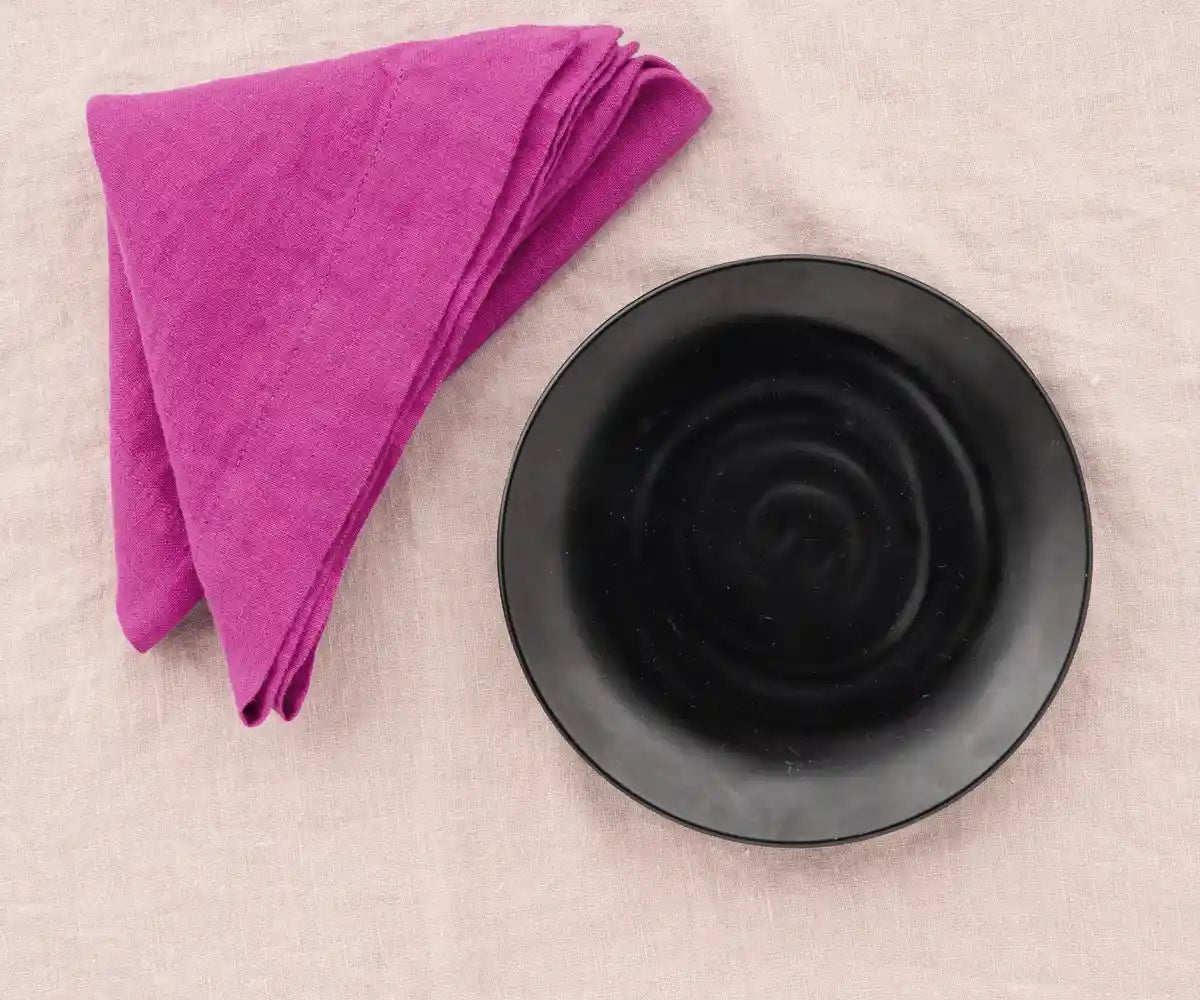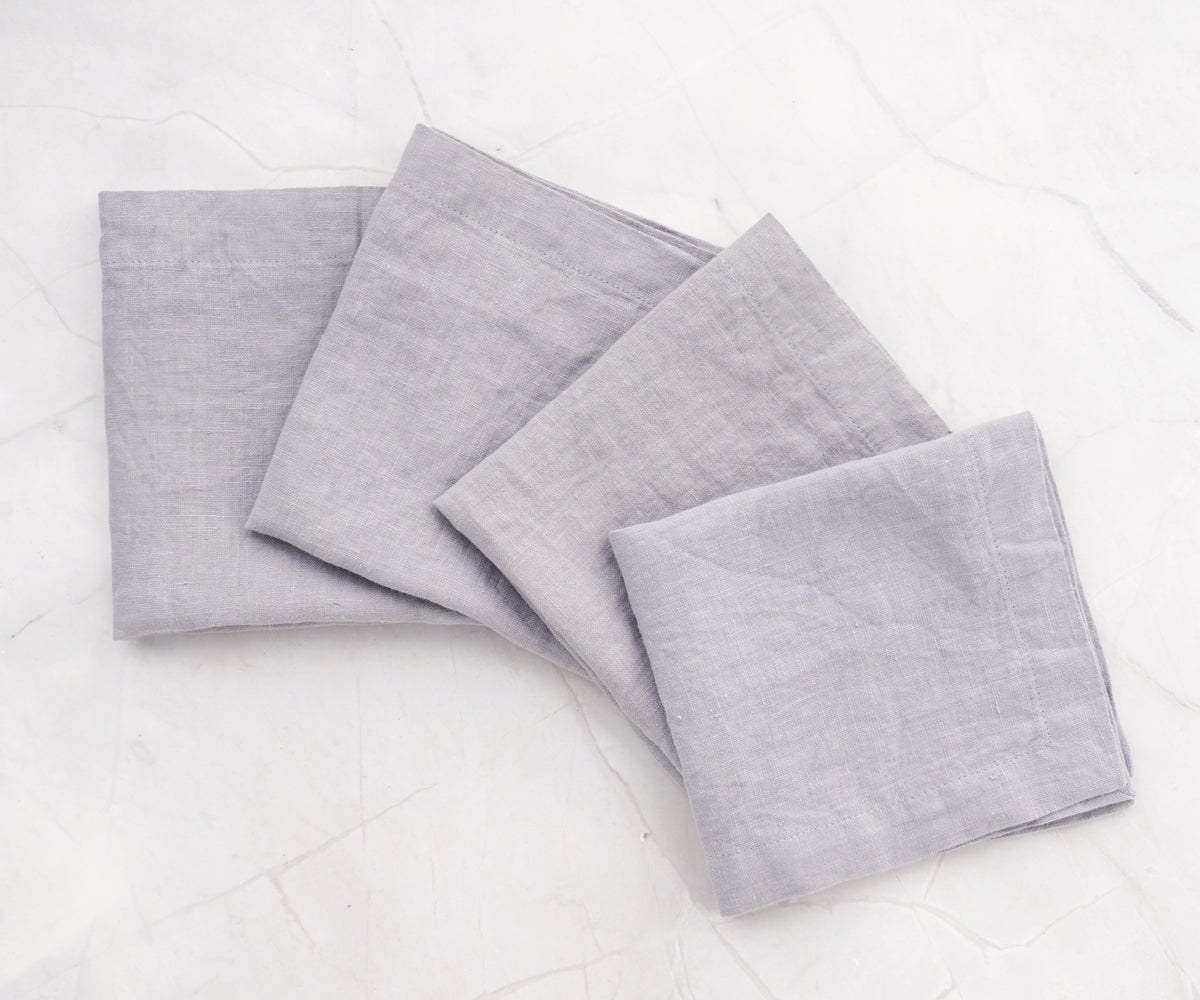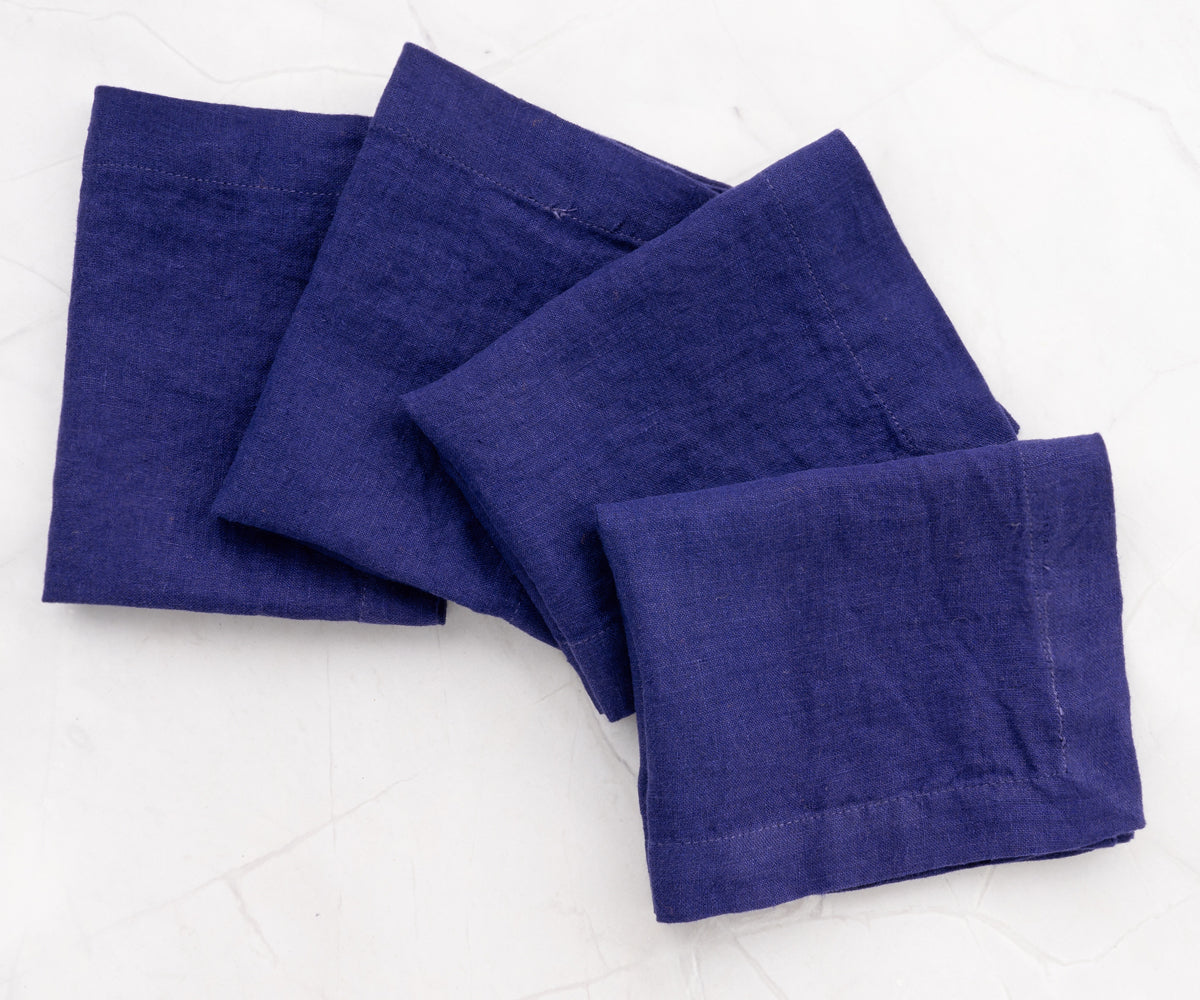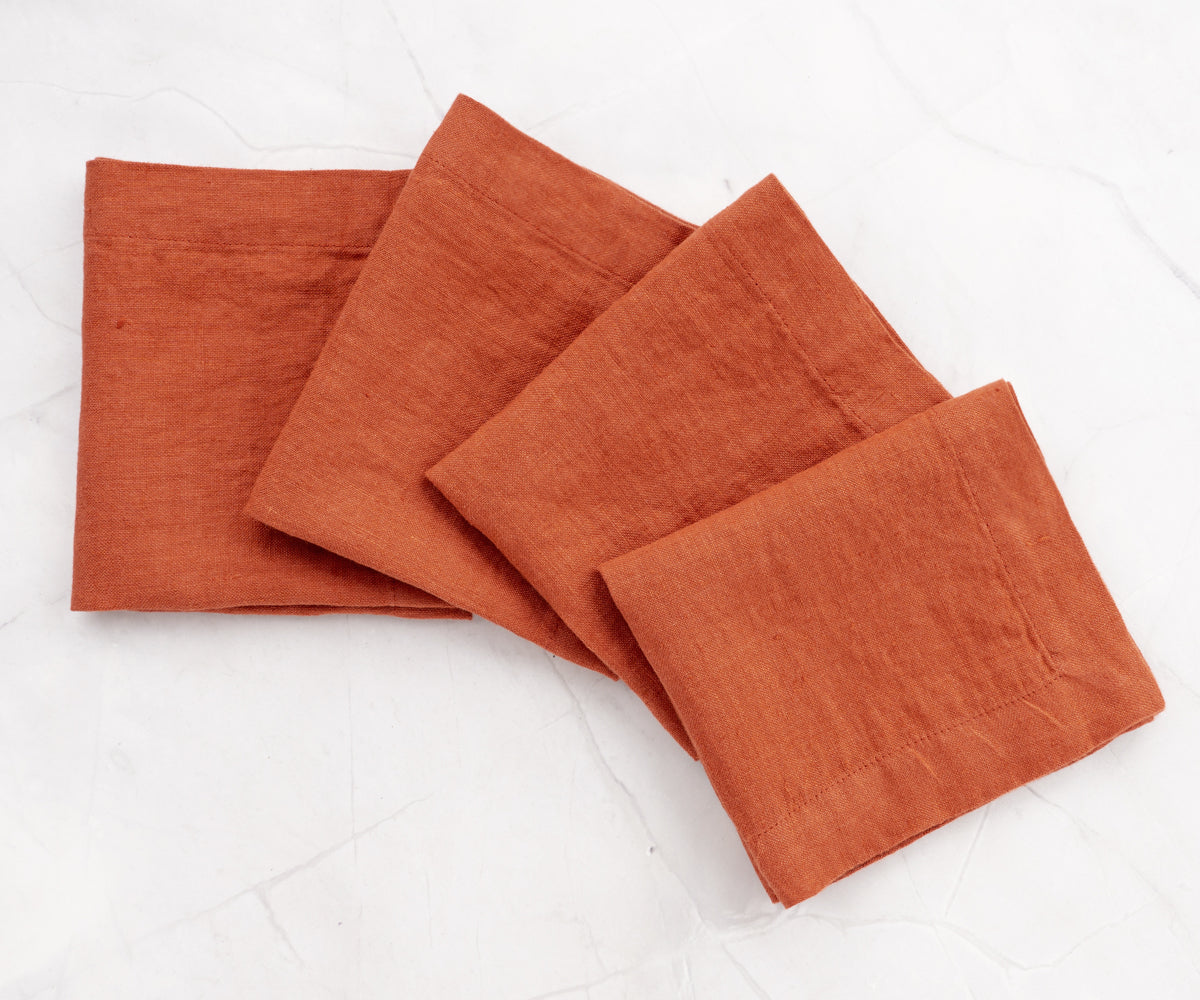
The Curious Case of the White Napkin: Unveiling the Reasons Behind This Dining Staple
The humble napkin, a mainstay at every dining table, holds a surprising amount of history and intrigue. But have you ever stopped to wonder: why are napkins white? This seemingly simple question delves into the realms of practicality, aesthetics, and even psychology.
Cleanliness Conveying Confidence
White is universally recognized as the color of cleanliness and purity. In a setting where hygiene is paramount, a white napkin subconsciously assures diners that the establishment prioritizes cleanliness. This association with hygiene is especially important for restaurants, where building trust and confidence is crucial.
A Timeless Classic for Every Occasion
White's versatility makes it a perfect choice for any dining scenario. From casual cafes to upscale restaurants, white napkins add a touch of class without clashing with the decor. Their neutrality allows the focus to remain on the food and the dining experience itself.

Showcasing the Culinary Canvas
Food presentation is an art form, and white napkins act as the perfect canvas. The vibrant colors and textures of a well-plated dish are accentuated against a white background. This visual enhancement can even elevate the perceived tastiness of the food!
Beyond Basic White: A World of Options
While tradition dictates white, the world of napkins isn't limited to this shade. For casual settings, playful colors or patterns can add a touch of fun. However, it's important to remember that colored napkins might require more frequent laundering due to staining.
The Future of Napkins: Sustainable Solutions
With growing environmental concerns, eco-friendly napkins are gaining traction. Unbleached or naturally colored options offer a sustainable alternative to traditional white napkins. These options are perfect for those who want to be kind to the planet without sacrificing functionality.
Related Videos and Readings:
- Set of 4 white napkins with embroidery by Wow Table Look
- Bounty 34884 1-Ply Quilted Napkins, White, 100 Napkins by CleanIt TV
- 3Ply White Lunch Napkins by Totally Promotional
- Simple and elegant napkin folding by GEORG JENSEN DAMASK
- Seventh Generation Recycled 1 Ply White Napkins, 12 Packs by CleanIt TV


